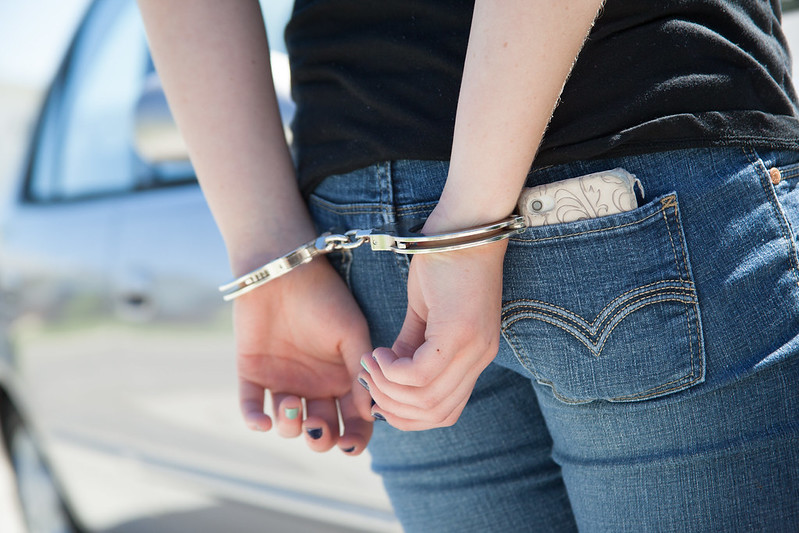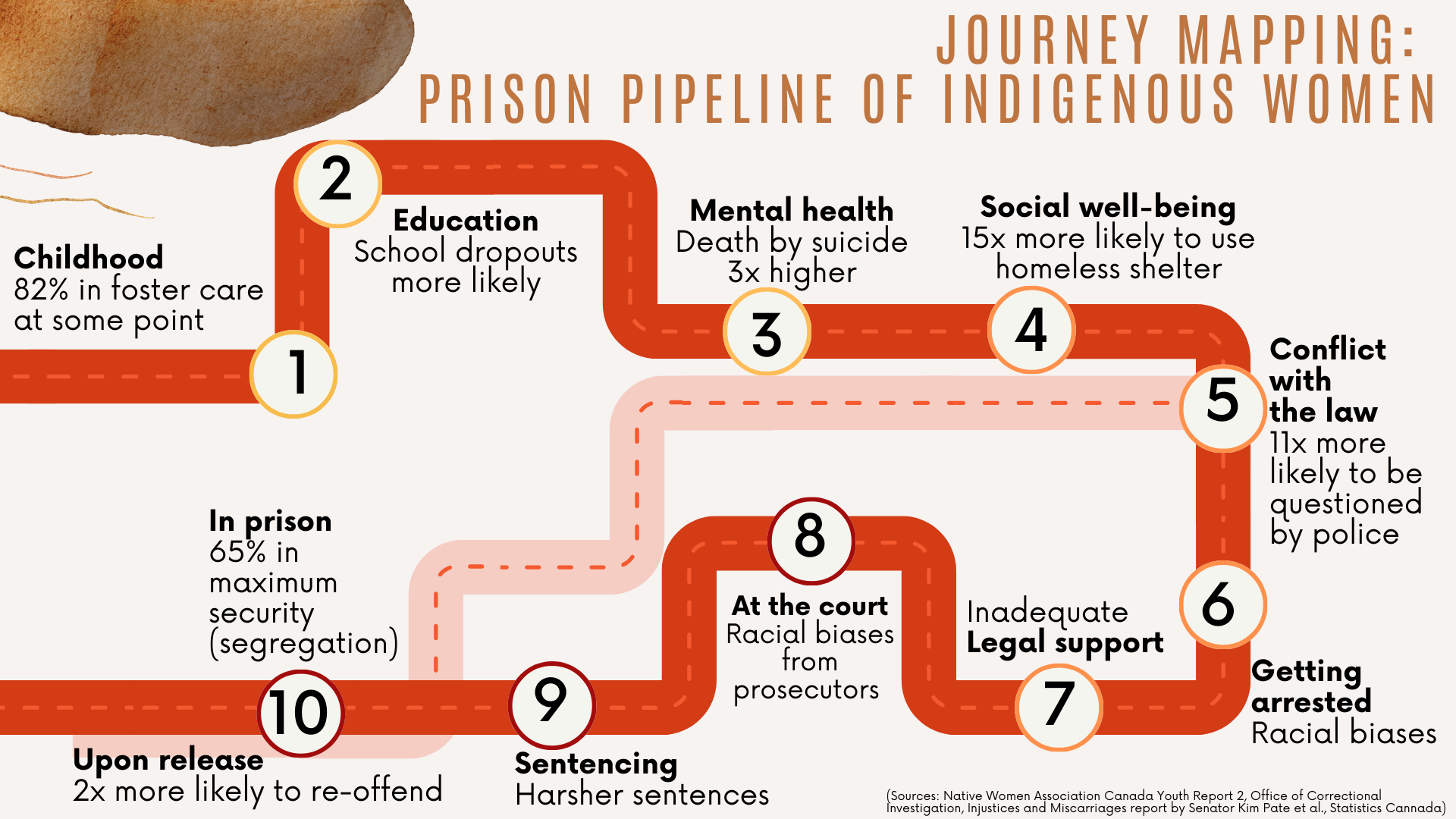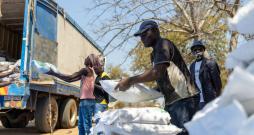Colonialism is still an ongoing reality for Indigenous women
Just look at the prisons

While comprising only 5% of the adult female population in Canada, over half of women in prisons are Indigenous.
This is not news to Indigenous communities, nor the government for that matter. The Office of the Correctional Investigator alone has documented the increasing overrepresentation of Indigenous women through decades of annual reports. Multiple governmental measures have been introduced as a result, including healing lodges and the Gladue process for sentencing. Yet this is where the math does not add up. Despite the “solutions,” the rising trend of Indigenous overrepresentation is not reversing. Meanwhile, the number of non-Indigenous women in prisons and overall prison populations are going down.
Researchers have referred to the mass incarceration of Indigenous peoples as “a continuing colonial project in Canada.” A brief look into the history of Canada’s prisons explains why. The first penitentiary in Kingston was built around the same time as Indian Residential schools, with the same purpose to control and segregate. Though the Residential schools were closed, Indigenous communities have been “transferred” to the penitentiaries, quietly becoming the majority behind bars.
When it comes to prisons, the dominant narrative is “do the crime, do the time.” However, Indigenous communities and organizations addressing the issue emphasize that before Indigenous women were criminalized, they were victimized.
Mapping out the journey of an Indigenous woman to the prison shows that there is a whole pipeline, and at each stage she is penalized. Due to factors such as systemic racism and intergenerational trauma from colonialism, Indigenous women are also overrepresented in other areas of life, including child welfare, health issues, homelessness, etc.

Caption: "Journey Mapping: Prison Pipeline of Indigenous Women" 1. Childhood: 82% in foster care at some point. 2. Education: School dropouts most likely. 3. Mental health: Death by suicide 3x higher. 4. Social well-being: 15x more likely to use homeless shelter. 5. Conflict with the law: 11x more likely to be questioned by police. 6. Getting arrested: Racial biases. 7. Inadequate Legal support. 8. At the court: Racial biases from prosecutors. 9. Sentencing: Harsher sentences. 10. Upon release: 2x more likely to re-offend. (Sources: Native Women Association Canada Youth Report 2, Office of Correctional Investigation, Injustices and Miscarriages report by Senator Kim Pate et al., Statistics Canada)
As a result of colonialism, being Indigenous is itself a risk factor for violent victimization of Indigenous women. This is made most evident by those bringing attention to the persistent injustice of missing and murdered Indigenous women and girls. With their unmet needs and experiences of harm, many women develop coping strategies that push them toward conflict with the law and, in some cases, incarceration.
Yet the harm does not end there. Serena Wesley, an Indigenous woman from the organization The Healing of the Seven Generations, told me, “Once you are in the prison, it is a revolving door because the system is not designed to fix anything for you. So much is taken from you already – your community, your children – but the prison isolates you more, so you leave with more needs and go back to prison again.”
The “solutions” implemented by the government so far have not worked. Perfunctory efforts to accommodate the Indigeneity of women as a cultural difference do nothing to address the structural oppressions that lead them to harm and criminalization. When the legal-correctional system itself is a colonial structure, tweaking it with reforms may improve individual experiences of incarceration, but it will not bring systemic change.
The core issue is that many Indigenous communities never agreed to be under Canadian law, yet they remain subjected to it. When they break the law that they had no part in designing, they then get tried in the Canadian courts and are most often sentenced by a White judge. The hegemonic power remains vested in “the Crown” all along, which may just be the most glaring reminder of ongoing colonial-ness in the country.
The real solution entails ceding authority in real ways that make space for Indigenous self-governance, including over legal matters for Indigenous communities. In a recent press release from Native Womens Association of Canada: “Indigenous communities must be allowed to run their own justice and correctional systems. This transfer of authority should have taken place 10 years ago. The over-incarceration of Indigenous people in Canada is an outrageous and racist violation of human rights that must be corrected, starting today.”
This Canada Day, it is time to dig deeper into Canada’s history (which is not just Indigenous history) to transform systems that perpetuate harm to Indigenous women and their communities.
Understanding the link between the over-incarceration of Indigenous women and colonialism is the first step. The next step requires getting behind Indigenous leaders who are reclaiming control over matters concerning Indigenous communities. Only then can Canada truly clear its name of being a colonial state.
Fiona Li is completing her Masters in Peace and Conflict Studies at the University of Waterloo. She partnered with Mennonite Central Committee in Ontario (MCCO) to research the over-representation of Indigenous women in Canadian prisons for the Map the System competition, winning second-place in the Canadian Finals 2024. She is currently interning with MCC to continue addressing the issue locally in Kitchener, where the Grand Valley Institution for Women, the largest female federal prison in Canada, is based.

